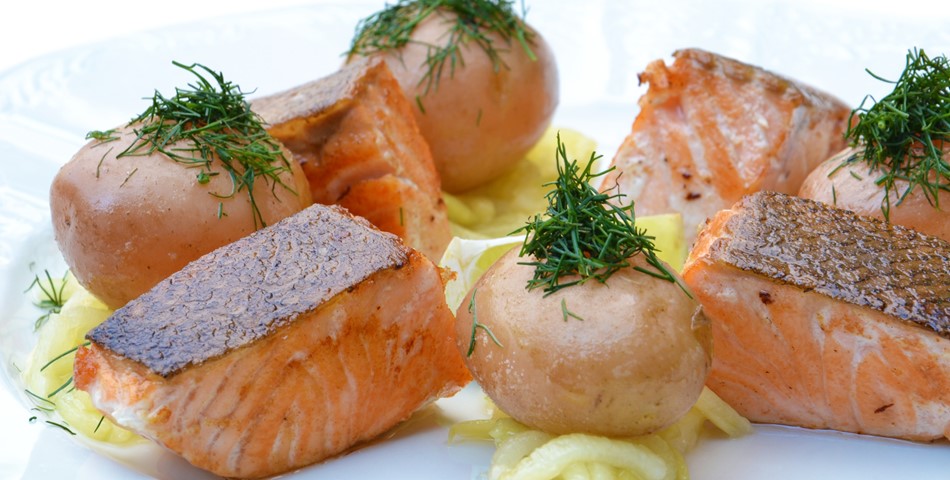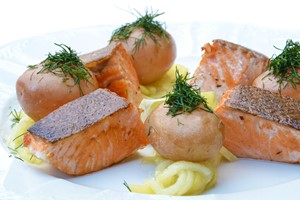The Norwegian seafood production consists of many different branches and has a great variety both in technology, production methods and profitability. It is therefore often difficult to discuss it in terms of one unit. In addition the variety in seasons and natural variations make it rather unpredictable. The traditional fish industry based on wild caught white fish is affected by the variation in access of resources and weather conditions which can lead to considerable changes both in volume and prices from one year to another. 2015 was the best year ever for Norwegian exports of all kind of seafood, both whitefish and farmed salmon and trout, and 2016 seems to be even better. Nevertheless the need for new labor force is scarce. Bigger trawlers producing fish on board and less production of fish fillet in Norway are factors that have characterized the traditional fish industry during the last decade. The number of processing factories has been radically reduced and so has the number of employees. Many factories now aim to produce all year round so the need for seasonal workers is by far not the same as it used to be. Therefore there is no urgent need for recruiting seasonal workers although the labor market for workers in the Norwegian fish industry still varies somewhat according to the time of year. Some may have different seasons of production according to the kind of fish being processed, availability etc. Production can also be dependent on weather conditions and quotas. There are some jobs for skilled workers on a permanent basis involving work all year round, like in the fish factories which are spread all along the coast of Norway. In some places fish farming companies (mostly salmon) also have fillet production, but most of the work is in slaughtering and packing. The employers will be asking for people with former experience within fish product. For short-term employment, most recruitment is done well before the start of the relevant season. The majority of these jobs are not publicly advertised, as companies tend to use their own network and contacts to recruit workers from other countries. Most factories try to keep a permanent all year round number of hands and supply with temporary workers via recruitment agencies to manage the peaks. The number of personnel employed on the fishing boats and the number of fishing vessels has been continuously reduced during the last years. It is not easy to get a job on a fishing vessel unless you speak Norwegian or a "Scandinavian" language, have former experience and somebody to recommend you. The jobs are mainly filled throughout an internal network. People on board live closely together and often under rough weather conditions for many weeks. This is not a job for everybody. For jobs on fishing vessels, you will need a special security certificate in order to work at sea, and you may have to cover the costs for this course yourself.


Web: www.nav.no














